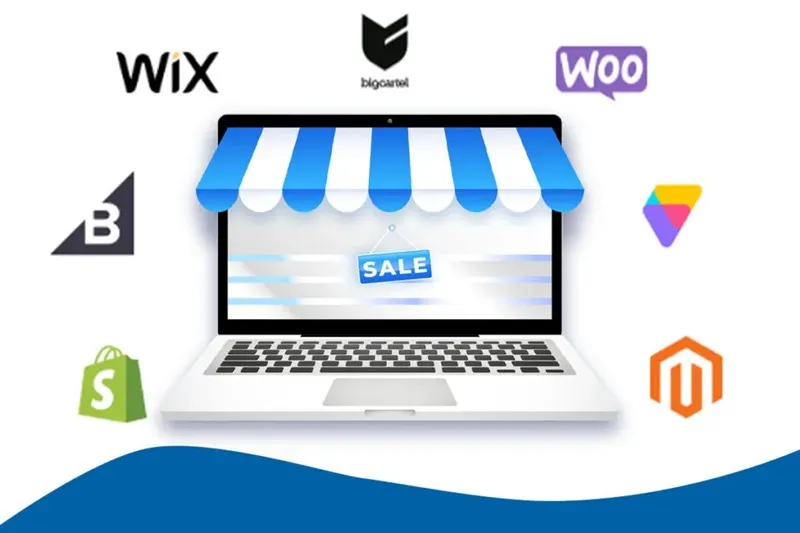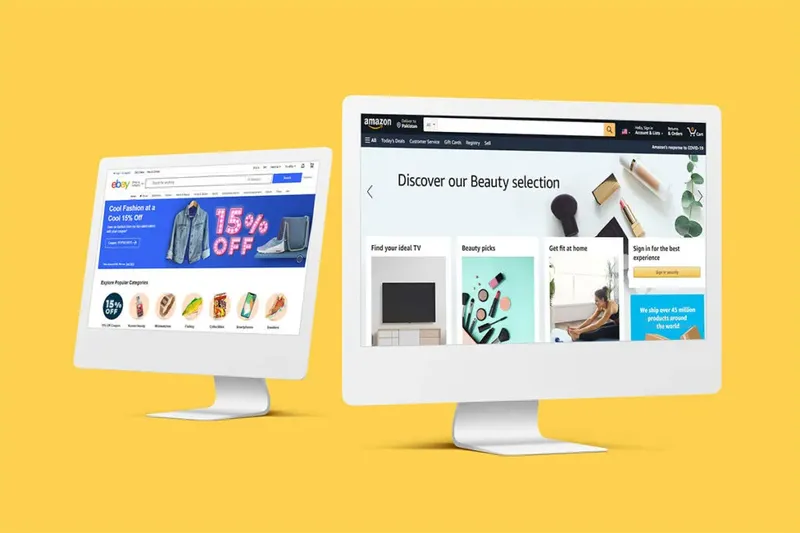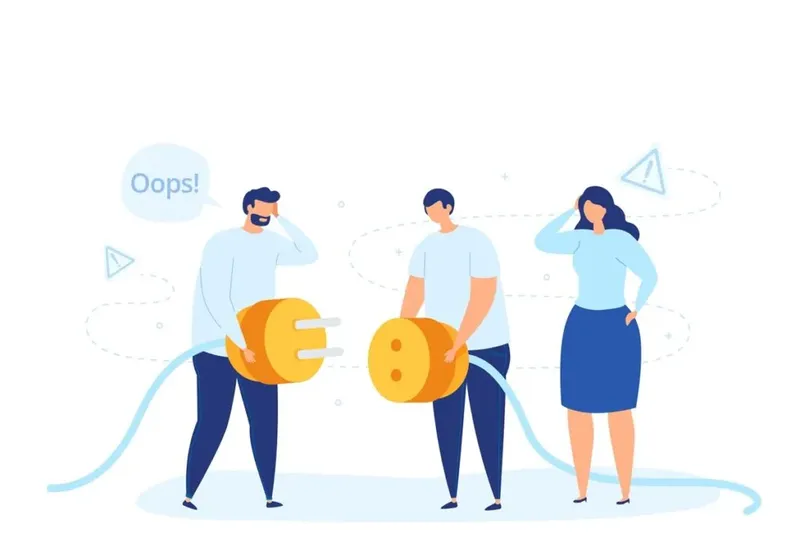Breaking the inter-dependency cycle for a successful e-commerce venture
A walk down the Suez Canal memory lane
For 6 days and 7 hours, the Ever Given, a 400-meter long container vessel, ended up wedged across the Suez canal, blocking traffic along the busiest and most crucial sea routes. The world’s dependency on the Suez Canal costs $9 billion a day. German insurer Allianz reported that the event could reduce global trade growth by 0.2% to 0.4% on an annual basis.
Many lessons were learned in these 6 days as businesses waited for supplies and realized how even the smallest events can create a ripple effect for people around the world.
Re-routed ships took longer to reach, retailers suffered losses as cargo didn’t arrive in time, manufacturing was disrupted as machine parts and raw materials couldn’t reach the factories, and ships with perishable goods suffered the risks of damage to the goods before they could reach the destination port.
Just like the world’s dependency on the Suez canal route created losses and uncertainties on a global scale, a business owner’s dependency on third-party applications becomes the reason for risks and uncertainties that the business cannot fathom.
Central e-commerce platforms vs. independent e-commerce websites

Just like the Suez canal solves the problem of taking the longer route for delivering goods and services, centralized e-commerce platforms claim to offer the same solution to business owners.
It helps you quickly start your online business by allowing you to sell products online without having to build a website. But just when you start thinking that all your problems are solved, you would realize that the e-commerce platforms create challenges in their own right.
To address these challenges, your resources are directed towards amplifying your presence on a third-party platform; when these resources could have actually been used for creating a stronger brand presence through your own website.
Competing in a bubble

Centralized e-commerce platforms like Amazon and eBay create an online space where their audience comes and buys products from a selection of brands. It offers its customers the convenience of buying everything from one place. The tradeoff for this convenience is borne by the brands who have to adopt a large number of marketing techniques to promote their products within the platform.
It does not give the brand any real presence outside the bubble because the brand exists only within the platform. This reduces audience reach and involves expenditure for promoting the use of the centralized platform instead of promoting your own brand
Uncertain downtimes

With central e-commerce platforms, businesses have to prepare for the risk of unplanned outages, which can disrupt sales and affect your user experience. While downtime is a common concern for individual websites too, using good web hosts can help you reduce the risk of uncertainties related to outages.
You can plan downtimes for regular upgrading of the website. These planned downtimes can be scheduled at a time when there is very little web traffic on your website.
It can reduce uncertainty and help you improve the user experience. Having your own website for selling products helps you reduce the uncertainties and risks involved in managing e-commerce.
Unique customer experiences

If you were to visit a centralized e-commerce platform, you will find a fluidity in their design which helps them maintain their own brand experience among customers. So big and small brands compete in the same space without being able to create unique user experiences.
There is no way that you can have a pop window display a sale or promote products with lower viewership on these third-party platforms. The shopping cart experience is also designed to make customers remember the platform they are shopping from and not the brand that they are buying the products from.
With no special user experience, third-party platforms make your brand forgettable for customers. In fact, even when a customer decides to complete a purchase, the platform would show other options of the products from different brands, which may be available at a lower price irrespective of the quality of the product. This can directly impact your sales and affect customer loyalty.
It is worth the efforts

When you build your own e-commerce website, it helps you create a brand presence in your target markets without depending on a third-party platform for the sales of your products. A third-party platform requires you to pay them a cut of your sales in order to utilize the platform for selling your products.
Then you have the option to leverage their data and spend on advertisements to increase sales on the platform. Even on these platforms, selling without an advertisement is a challenge.
Building your own website gives you the opportunity to fine-tune your user experience according to your brand’s values and customer experience requirements. When competitors do threat your survival, your efforts will be focused on bringing greater brand awareness through your own website.
Have any Question? Talk to us
This will build an audience base in the long run, unlike the investments you make on third-party platforms where you are only building sales with lower awareness of your own brand and higher investment in promoting the platform, bringing more customers to using their website.
With your own e-commerce website, you turn this around. So, you make your investment work for you not just in the short term but for the long term through customer loyalty and higher brand reputation.
Your efforts for paid marketing will be higher in the earlier stages and eventually, organic traffic will flow in more easily to your website. This is how you will be able to build a firm position for yourself in the markets and even grow your audiences to new markets.
Developing your own website

Creating an e-commerce website will involve a lot of research, including:
- Analysis of your target audiences
- The kind of experience you want to build for your customers
- Functionalities and features to improve decision-making among shoppers
- Algorithms to support easy visibility of your products
- Plugins to offer special offers and pitch in upcoming products
Once the website is designed and developed, the process of improving your user experience on the website will be an ongoing process. From making small changes to improve the e-commerce features to including language translators for launching the website on international markets, all investments you make on your website will pay off in the long run.
The returns on these investments will be higher since they will increase organic traffic and help you build a market for your products and services. Customer loyalty can also increase by engaging with your customer through chat or by offering prompt customer help options for your shoppers.


